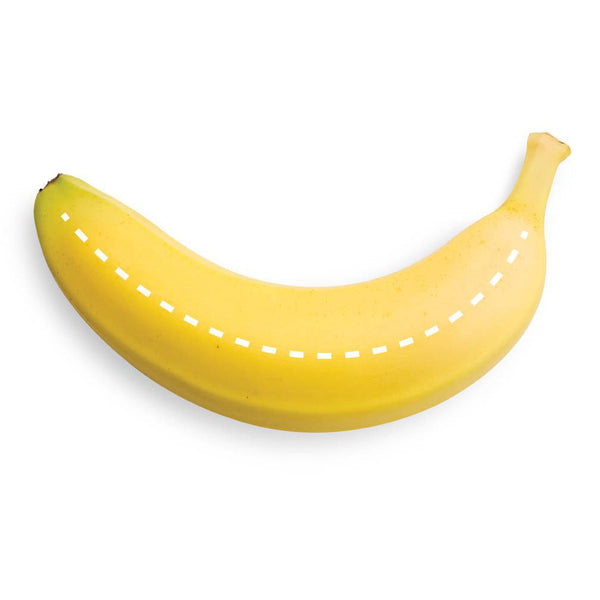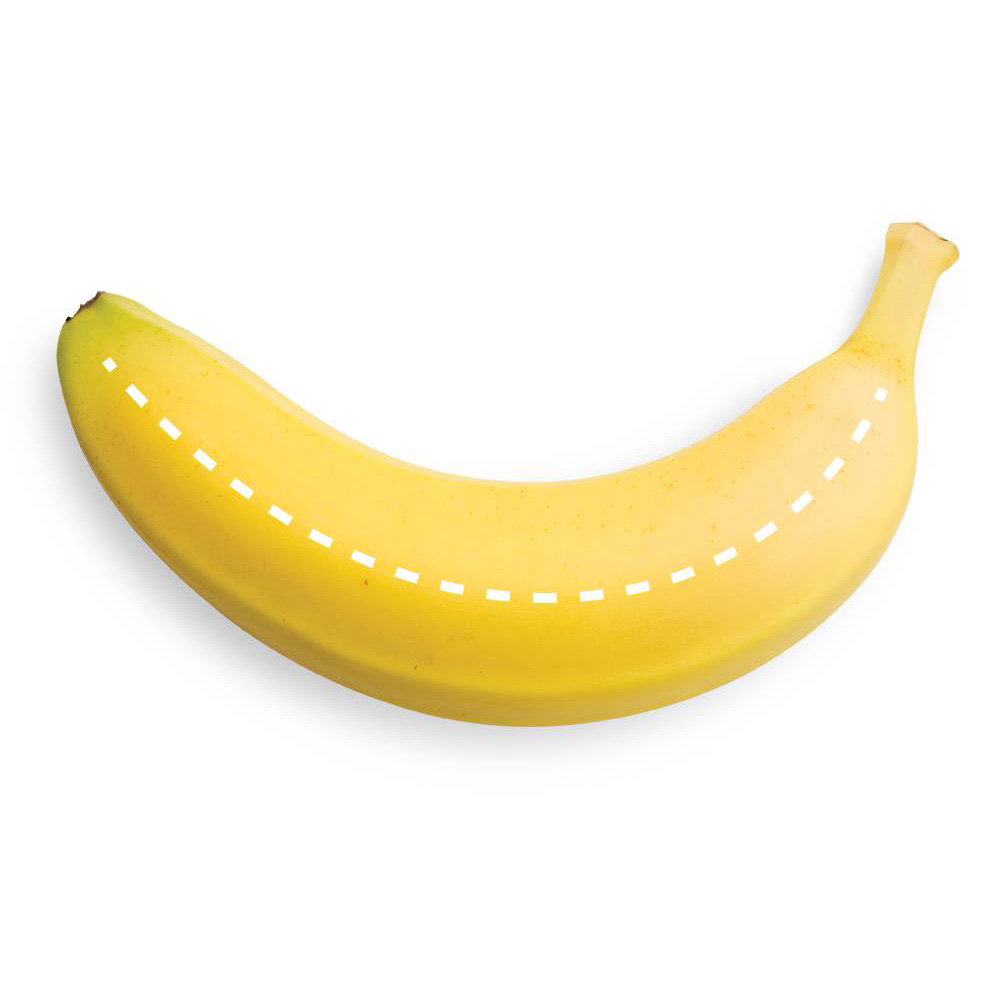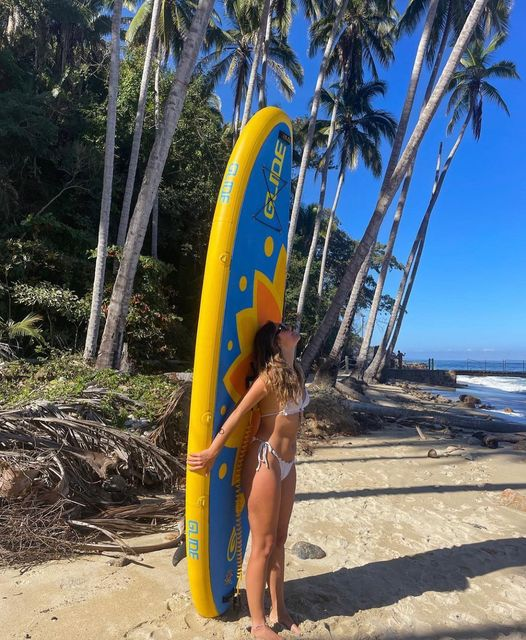
Why Does my Paddle Board Sink in the Middle?
There are several reasons that your inflatable paddle board may be sinking in the middle. Read on to find out what they are.
Introduction

Inflatable paddle boards are loved for their portability, durability, and convenience—but if you’ve ever noticed your board sagging or sinking in the middle, you’re not alone. It’s a common issue that can affect your paddling experience, but luckily, it’s also one that’s easy to fix once you understand the cause.
In this article, we’ll break down the top reasons why your inflatable paddle board might be sinking in the center and what you can do to keep it firm, stable, and adventure-ready.
1. Yes, Weight Distribution Matters on a Paddle Board
One of the most common causes of a paddle board sinking in the middle is excess weight—or unevenly distributed weight. Inflatable SUPs are designed to support a specific weight capacity, but piling too much weight directly in the center can cause that dreaded “taco” effect.
How to fix it:
-
Make sure you're staying within the board’s weight limit.
-
Distribute gear evenly between the nose and tail.
-
If you’re paddling with a pet or child, position them closer to the front or back—not directly in the center.
2. Check Your PSI: Under-Inflation Can Cause Sagging
Inflatable SUPs rely on air pressure for rigidity. If your board feels soft or starts to dip under your feet, it may not be inflated to the proper PSI. Most inflatable paddle boards are rated to at least 15 PSI, but premium models—like those from Glide—can and should be inflated to 20 PSI for optimal performance.
Quick tip:
-
Always use a pressure gauge to check PSI before hitting the water.
-
If you're struggling to reach full inflation with a manual pump, consider upgrading to an electric SUP pump for easier, more consistent inflation.

3. The Materials Inside Your Board Matter More Than You Think
Not all inflatable paddle boards are created equal. Lower-quality boards often use single-layer PVC, which lacks the strength and rigidity needed for solid performance. These boards are more prone to sagging, punctures, and the dreaded mid-board sink.
On the other hand, high-quality boards use multi-layer fused PVC combined with woven drop-stitch cores, which give the board a rigid, lightweight feel—closer to that of a hard board.
Why this matters:
-
Fused layers are lighter and stronger than glued layers.
-
A woven drop-stitch core resists flex and helps maintain shape under pressure.
-
Glide boards use fusion technology and reinforced construction to avoid this issue entirely.
4. Maintenance Makes a Difference
If your paddle board was once firm and responsive but now feels floppy or sinks in the center, it could be a maintenance issue. Dirt, sand, and moisture can wear down materials over time, leading to air leaks or weakened seams.
Keep your board in top shape by:
-
Rinsing it with fresh water after each use.
-
Letting it dry completely before packing or storing.
-
Storing it in a cool, dry location—away from sunlight and humidity.

5. Don’t Store Your Inflatable SUP Outside
Leaving your inflatable SUP exposed to the elements—especially direct sunlight—can degrade the materials over time. UV rays break down PVC, and exposure to rain, heat, or cold can cause warping or delamination.
Best storage practices:
-
Never leave your board inflated and baking in the sun.
-
Avoid damp basements or overly tight storage spaces that could bend or crush your board.
-
Use a board bag or padded storage to protect it when not in use.
Final Thoughts
If your paddle board is sinking in the middle, it’s usually one of four things: overloading, low air pressure, poor construction, or lack of maintenance. The good news? All of these issues are easy to fix—and even easier to prevent.
At Glide, our inflatable paddle boards are built with rigid drop-stitch cores and fused PVC technology, allowing them to maintain shape and performance even under serious pressure. If you're looking for a board that won’t buckle beneath you, we’ve got you covered.
Still unsure what’s going wrong with your board? Reach out to us—our team is happy to help you troubleshoot or upgrade to a board that won’t let you down.


